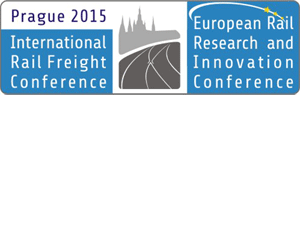World Bank: A tool to measure the regional economic impacts of China’s high speed rail
China’s high speed rail network is the largest and fastest expanding in the world, bringing significant impacts on labor productivity, jobs, industrial growth and regional development. However, these impacts are not well captured by conventional cost benefit analyses. A new World Bank technical assistance report sought to support the China Railways Corporation in developing a standardized and operational approach to identify and quantify the regional economic impacts of China’s high speed rail projects.
The report for this technical assistance titled Regional Economic Impact Analysis of China’s High Speed Rail explores the methodologies to measure economic impacts, focusing on three regional economic impacts: (1) the effects of transport-induced agglomeration upon business productivity, i.e. the productivity effects that arise from expansion of markets for inputs and products, better matching between producers and consumers, and improved learning and dissemination of tacit knowledge through face-to-face communication; (2) employment effects, i.e. rises or falls in jobs as result of changes in the level of output and business locations; and (3) tourism effects, i.e. changes in the number of tourists, their average durations of stay and spends per stay.
Recent research carried out by a World Bank team shows that at the current stage of development, transport projects such as high speed rail can trigger significant agglomeration benefits in China. For example, all being equal, halving the economic distance within the coastal region Guangdong was estimated to lead to a 10% rise in average business productivity. Given the current level of data and professional skills base, the report recommends that China broadly follow the UK model to assess the high-speed rail’s impacts on business productivity.
The existing data sources cannot yet support a robust quantification of the impact on jobs. However, as expected in the theoretical models, business operations in the service industries as well as the management and sales departments of other industries have been adapting rapidly to the significantly raised accessibility – in particular, trip frequencies of the existing travelers have increased sharply. Passenger surveys indicate a substantially higher percentage of business-related travelers on high speed rail than on conventional rail (e.g. 17% greater share for Changchun-Jilin and 11% for Beijing-Shanghai) and an overall high proportion of business travelers (e.g. 40% for Changchun-Jilin and 63% for Beijing-Shanghai of all HSR passengers). The report recommends that the evidence base be built up through business interviews using the methodology developed by the study team and tested in the two case study areas.
The tourism survey has shown that the tourism industry has experienced a rapid transformation: the tourist trips have been increasing rapidly at major attraction sites on the lines. On the other hand, improved accessibility by high speed rail enables some tourists to spend fewer nights. More surveys and data collection are required to understand the changes in trip-making, tourist expenditure, and over-night stay patterns.
“Gradual accumulation of the evidence base is of critical importance,” said Gerald Ollivier, Senior Transport Specialist and the team leader for this technical assistance. “High speed rail is a relatively recent phenomenon in China. The impact of this new network is substantial, but the accumulation of the empirical evidence is only just starting. Extensive evidence and supporting data will be needed to enable a gradual calibration of parameters used as part of the quantification to better understand and increase the impact of high speed rail in a Chinese context.”
A separate report provides a step-by-step ‘how-to’ guide to assess regional economic impact.








There are no comments at the moment, do you want to add one?
Write a comment